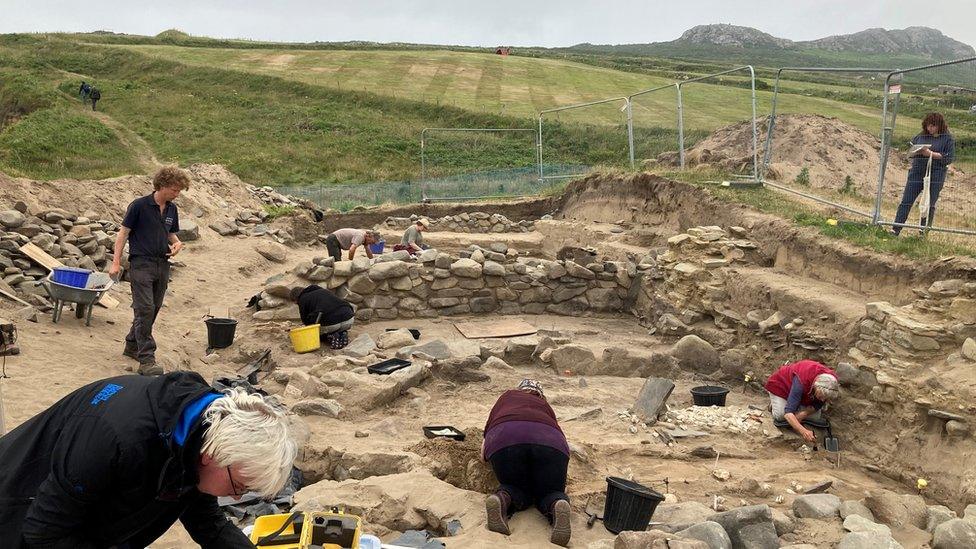Pembroke Castle cave dig may uncover more evidence of Ice Age life
- Published
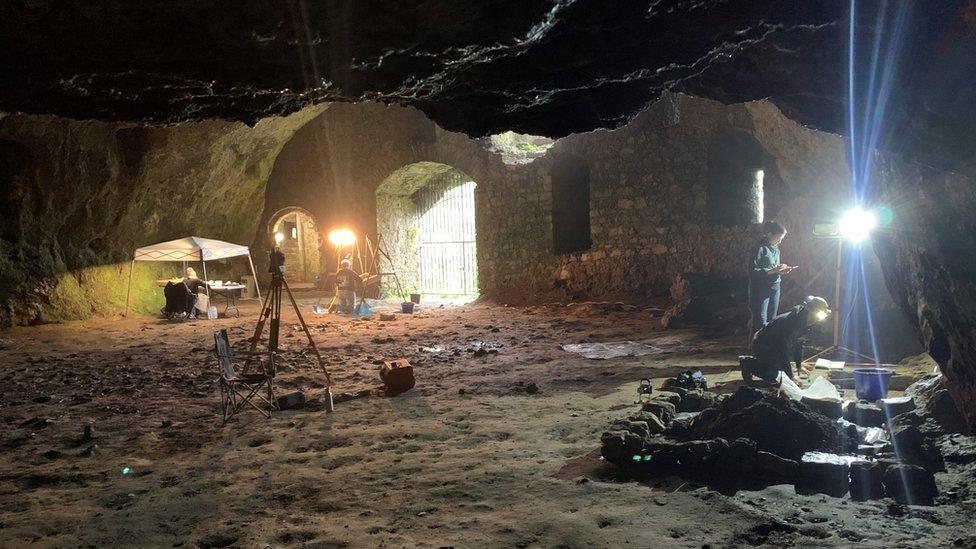
The team will look at how the cave was used during the Ice Age
Archaeologists are preparing to excavate a cave under a castle with hopes of finding fresh evidence of life during the Ice Age.
A small dig at Pembroke Castle's Wogan Cavern last summer found hints of early prehistoric material including woolly mammoth bones.
Starting next week, they will uncover a larger area that has been undisturbed for more than 10,000 years.
Dr Rob Dinnis hopes the dig will "help answer many outstanding questions".
He will lead a team of 15 to 20 archaeologists who will look at how the cave was used by Stone Age humans and prehistoric animals.
Last summer's excavation, which was limited in size, unearthed enough evidence of early human occupation to establish the cave as nationally important for the Mesolithic period - about 10,000 years ago.
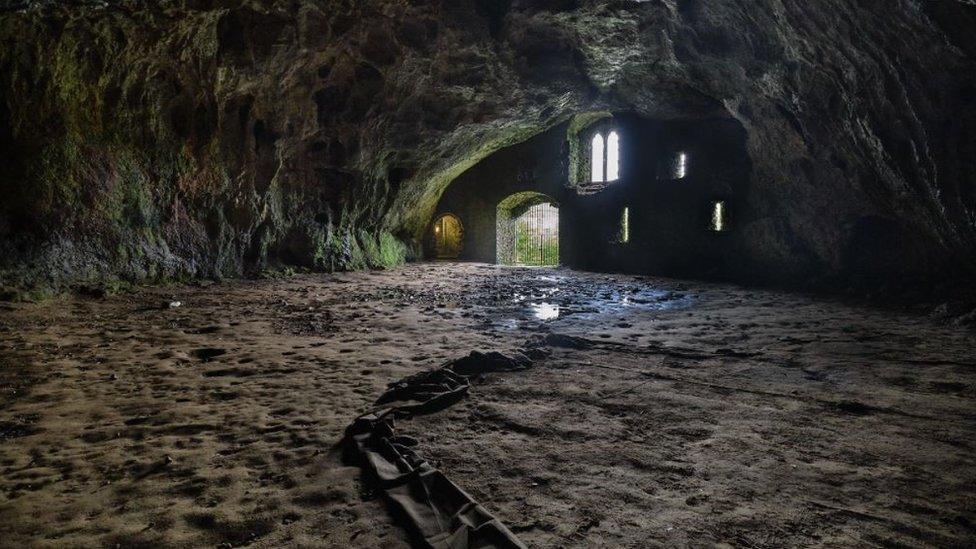
Archaeologists will be working in areas of the cave that have remained undisturbed for over 10,000 years
"Prior to our work, next to nothing was known about the archaeology of Wogan Cavern," Dr Dinnis, of the University of Aberdeen, said.
"It has long been assumed that the cave was dug out, either during the medieval period when it formed part of the castle, or during the very poorly recorded Victorian antiquarian digs.
"Our work shows that is not the case. Instead, it is now clear that the cave has real potential as an early prehistoric site, and this year's dig will help us establish exactly what that potential is."
The three-week excavation will be funded by the Natural History Museum and the British Cave Research Association.
Pembroke Castle General Manager Jon Williams said he hoped the dig would give visitors another reason to visit the castle.
"In an ideal world, it would make the entire site a bit more interesting in terms of history. It would not just be medieval. If people can come to Pembroke and also go back to the Stone Age, that would be really really interesting and could drive more tourists to Pembroke," he said.
"I'm sure businesses in Pembroke would welcome that."
Related topics
- Published25 April 2022
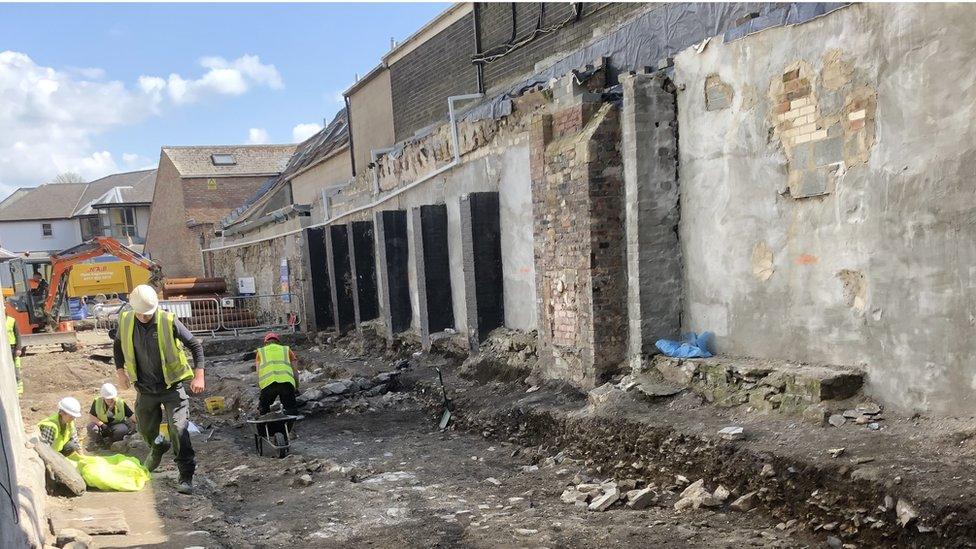
- Published18 April 2022
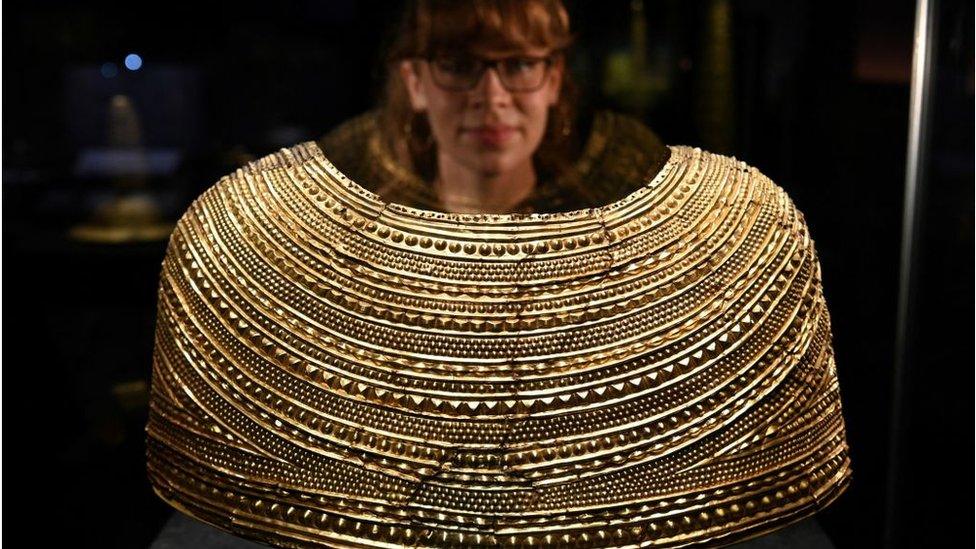
- Published1 July 2021
